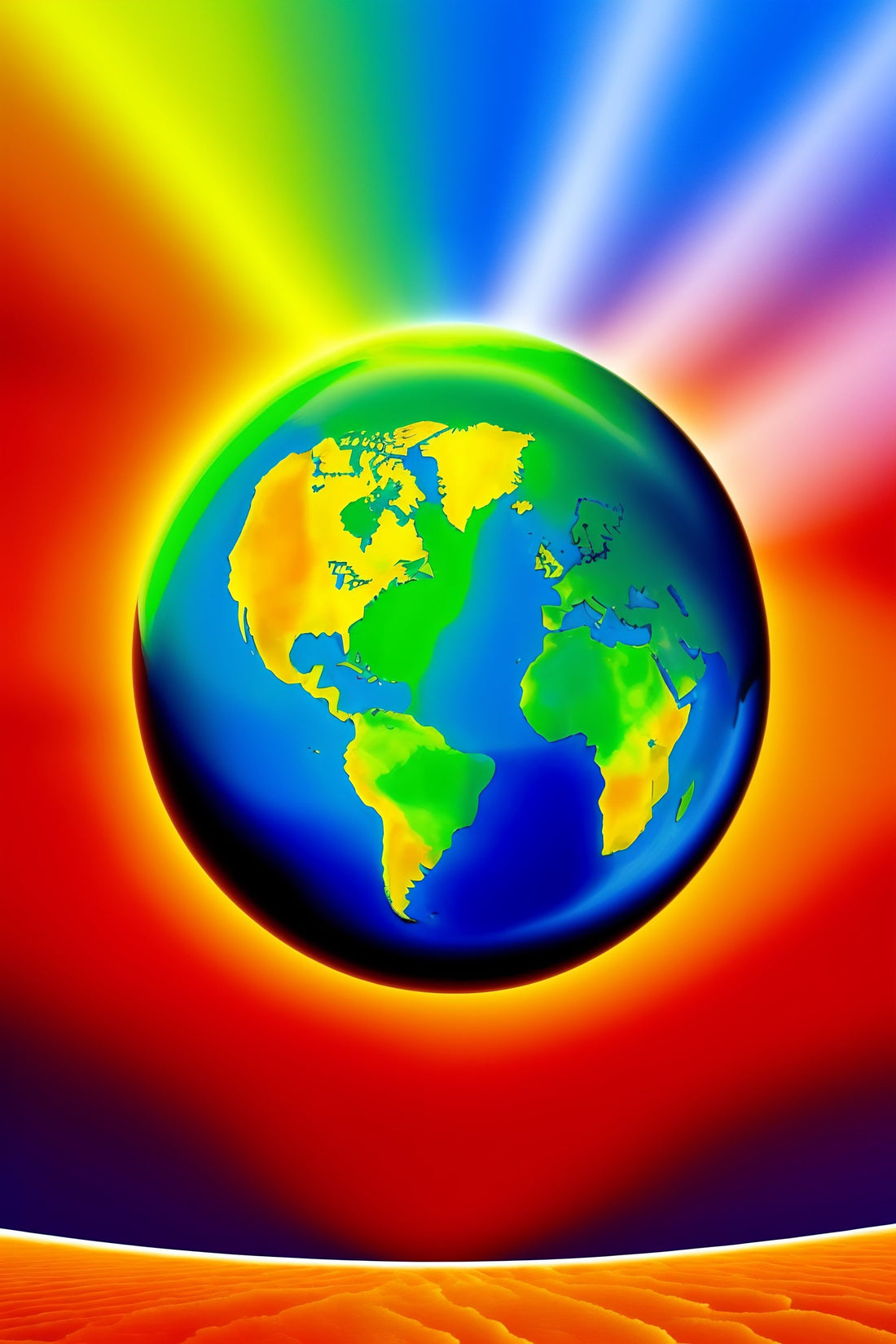How do we know how much cooling we're creating with our "clouds," and how does this compare to warming from carbon dioxide emissions?
Estimates vary, but a leading researcher cites a gram offsetting a ton:
and, again:
Let's dig into the numbers that we're using to support this claim. Fortunately, much smarter people have studied this for decades. Let's review some of their work and calculate our climate cooling impact.
Radiative Forcing?
Radiative forcing is the key concept here—it represents the balance between energy entering and leaving the atmosphere. An increase leads to warming and a decrease causes cooling. Here's a more detailed explanation . Measured in watts per square meter (W/m2), we're over 3.1 W/m2 of increased radiative forcing since 1750 .
Reflective Clouds
How much reflectivity can we get from our clouds? Here's the summary we're working from :

This number isn't pulled from thin air. As the author explains: "This sulfate efficacy value differs from that used in Smith and Wagner (2018) (which considered only incoming radiation) and falls towards the center of the values present across recent literature (Ferraro et al 2012, Pope et al 2012, Kuebbeler et al 2012, Pitari et al 2014, Kleinschmitt et al 2017, Dai et al 2018). "
The key number here:
-0.62 W/m2 radiative forcing created for a year by injecting 1 Tg of sulfur
But, we're using SO2. So, the SO2/S mass ratio means we get half as much cooling per Tg:
-0.62 / 2 = -0.31 W/m2 radiative forcing per Tg SO2/year
CO2's Warming
How much does carbon dioxide warm the planet? I was surprised about the uncertainty band here. IPCC says between 0.27°C and 0.63°C per 1000 gigatons CO2 .

So: 1000 gigatons CO2 = +0.45°C
Converting Units
Now we've got all the information we need to do our math. First, a conversion from temperature change to radiative forcing: 0.7°C per W/m2
So, we'll convert our radiative forcing per Tg SO2 to temperature change:
-0.31 W/m2 × 0.7°C per W/m2 = -0.217°C per Tg SO2/year
Residence Time
How long do these particles create cooling? 1–3 years . For our purposes, we'll use 2.1 years (though further optimization could yield a longer residence time).
Thus, 2.1 years × -0.217°C per Tg SO2/year = -0.4557°C per Tg SO2 (launched for 1 year)
Putting It All Together
So, how many grams of "cloud" are needed to offset 1 ton of CO2's warming impact for one year?
- 1000 gigatons CO2 = +0.45°C
- 1 Tg SO2 = -0.4557°C
- Since 1 gigaton = 1,000 Tg, then 1,000 × 1,000 = 1,000,000 Tg CO2 = 1 Tg SO2
- Dividing both sides by 1T: 1,000,000 g CO2 = 1 g SO2
- 1 metric ton = 1,000,000 g, so 1 metric ton CO2 = 1 g SO2
With uncertainty bands on all of this, a gram offsets a ton: one gram "cloud" offsets 1 ton of CO2's warming impact for a year.
Here's the spreadsheet I used to calculate this, with links to sources.
There are arguments to compare this in different ways (joules, etc.); many of these have strong merits. Because buyers of voluntary carbon credits are focused on CO2 equivalence, we've taken this approach.
As with all our work here, please let us know if you think we've made a mistake and we'll correct it!
(Image via Lexica)
Edited 12/28 to include links to David Keith's work.

2 comments
In response to Ron,
I agree the article shifts from one statement to the other. The statements are rhetorical, and the calculations are factual!
In the first two links, the phrase “for one year” ought to be there.
“a gram of aerosol in the stratosphere, delivered perhaps by high-flying jets, could offset the warming effect that a ton of carbon dioxide causes in one year, a factor of 1 million to 1.”
“Geoengineering’s leverage is very high—one gram of particles in the stratosphere prevents the warming caused in one year by a ton of carbon dioxide.”
Then the calculations support those modified statements.
I think Luke would agree with that.
Kevin
Hi Luke,
Your calculations look pretty good to me (caveat: I’m an economist not a climate scientist and have not gone through to verify all of the assumptions and steps). However, one thing did jump out at me. You’re comparing a stock (the warming effect of a cumulative 1000 GTCO2eq = ~0.45 C) to a flow (the cooling effect per year of 1 GT SO2 ~0.217) and claiming that, since the SO2 stays in the stratosphere for roughly 2.1 years the averted “impact” of the 1000 GTCO2eq stock of GHG from the 1 GT SO2 is 2.1×0.217=0.4557 and so equivalent to that of a GHG reduction in stock that would cause a warming decline of -0.45 C. But actually, what’s happening is a cooling of -0.217 C per year over 2.1 years or an aversion of the impact of 0.217 C more warming over 2.1 years that is not equivalent to the aversion of the impact of 0.45 C warming over one year. I think this relates to the broader question of framing the attempted Make Sunsets intervention as a short-term urgent direct climate cooling intervention that is distinct from the long-term and more fundamental problem of reducing and drawing down GHG and restoring nature (see: https://www.cpegonline.org/post/our-two-climate-crises-challenge).
Best,
Ron